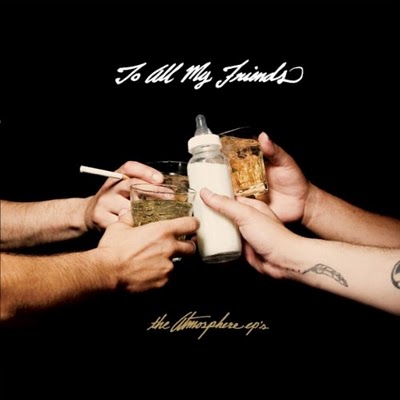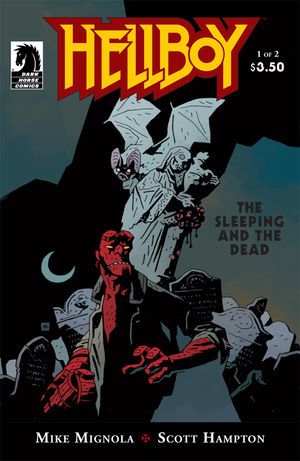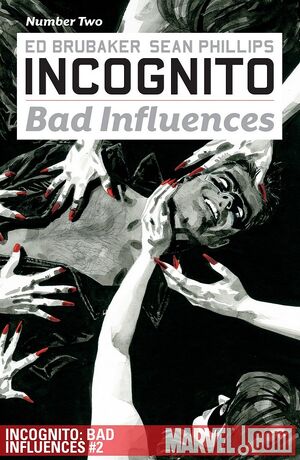I love how I usually get a new issue of Taddle Creek around the time I always have a week off, so I'm able to devote enough time to get through the magazine in just a few sittings.
This issue doesn't have a unifying focus to it like last issue's 'Out of Towner' theme, but it is full of some good stuff. Here's what I liked or found interesting this time around:
Kelly Ward's 'Stop Loss' is an interesting story about a woman who likes to hang out at a casino playing the slots. She's hooked up with a guy named Dodds, who has a system, and is a full-time slot player. This story encapsulates all the sadness that I feel would come with spending a lot of time at a casino.
Ethan Rilly provides a short comic called 'Ex Montreal'. Rilly is the author of the comic
Pope Hats, which I enjoyed a lot, but have never seen a second issue of (it's been a year and a half). The comic in this magazine has a woman breaking into her old apartment in Montreal to have a look around. It's good stuff.
'Our Many Splendoured Humanity', by Jessica Westhead, is an examination of neighbourly obligation, as seen through the prism of political correctness. It's well written and amusing.
I was surprised to see an interview with Dave Lapp, the cartoonist behind
Drop-In
and
Children of the Atom
by Peter Birkemoe, the owner of the
comic store I shop at. Lapp talks about his 'Atom' work, and the way in which it helped him work through a difficult period in his personal life. Lapp also has another installment of his 'People Around Here' strip in this magazine. I try to like this guy's work, but somehow it always manages to annoy me.
One thing that's cool about Taddle Creek is the way they've started to run short articles and pieces about forgotten corners or aspects of the city. Lauren Kirshner has a loving piece about the Sylvan, an abandoned low-rise apartment building in Dufferin Grove that, despite landmark status, is languishing under ownership of developers that want to turn it into condos. There are some lovely photos accompanying this article, but I would have loved to see a few more. Likewise, Conan Tobias has a short piece about horse fountains in Saint John.
There's a small portfolio of pieces by Blair McLean, a local artist who burns his images into wood. There is also a short story by Stuart Ross.
The last story in the magazine is probably the best one. It's by Amy Jones, and it chronicles the build up to and aftermath of the narrator's one-night stand with the headliner of a small-time rock and roll band.
This is always a worthy magazine to pick up. I'm looking forward to the next one.
 Written by Jason Aaron
Written by Jason Aaron



















